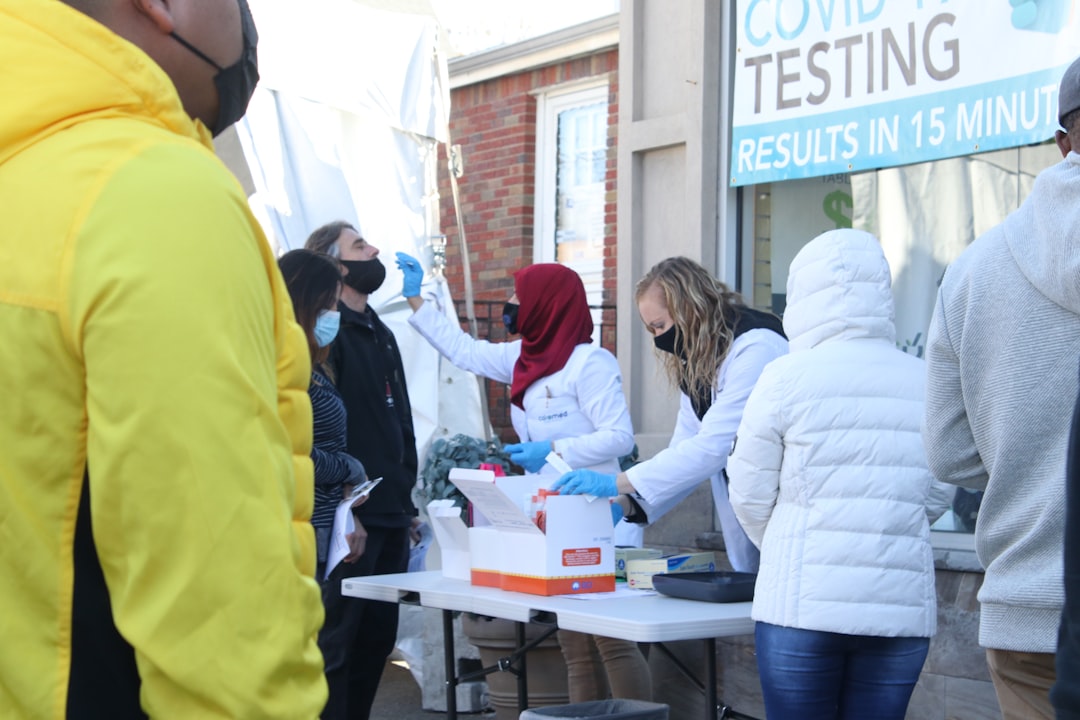What is it about?
We have tried to explain the observed distribution of bacterial colony sizes on plant leaves with an individual-based model. It has often been assumed that colony size distribution is log-normal (if you plot the logarithm of colony size on the x axis, you get a normal distribution of the frequency of colonies of each size). You would get a log-normal distribution if each bacterial cell landing on a leaf would start to grow exponentially thereby forming a colony, so the longer the bacterium has been on the leaf, the bigger the colony would be. But experiments by Monier & Lindow (2004) show that there are far more small colonies than expected from the above considerations. We first thought that patchy distribution of water and/or nutrients on the leaf means that some spots are too poor for growth so some colonies remain small. But implementing this assumption in our individual-based model did not predict the observed data so we had to find other reasons. The only mechanisms we could find that can explain the data was to assume that bacteria disperse from their colony and found a new - smaller - colony nearby with a certain probabilty.
Featured Image
Why is it important?
Our motivation was not importance, but wanting to understand nature, in this case: why are there so many small yet growing colonies on leaves? Nevertheless, plants are important from consuming carbon dioxide and producing oxygen to providing food and clothing. They need leaves, and bacteria growing on leaves have effects on the plants, the ecosystem and us. For example, larger colonies could be more likely to overcome plant defences and cause plant disease.
Read the Original
This page is a summary of: Explaining Bacterial Dispersion on Leaf Surfaces with an Individual-Based Model (PHYLLOSIM), PLoS ONE, October 2013, PLOS,
DOI: 10.1371/journal.pone.0075633.
You can read the full text:
Resources
Contributors
The following have contributed to this page










